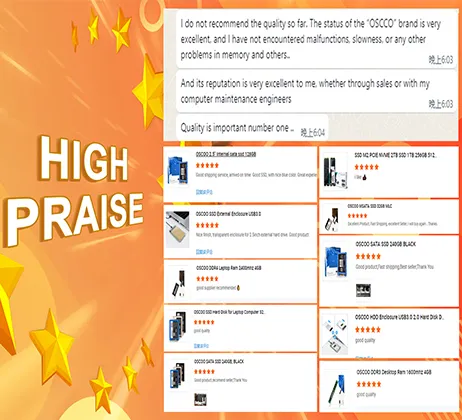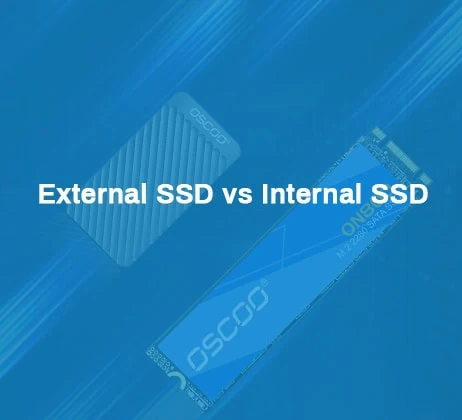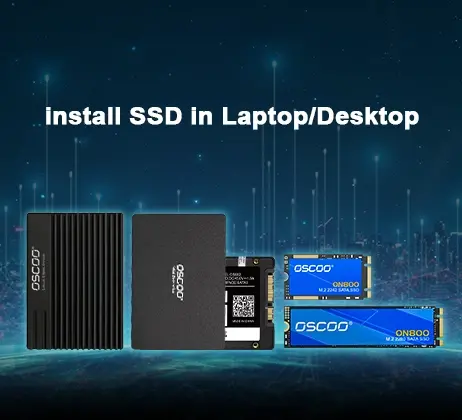
Solid State Drives (Unidades SSD) have become essential for boosting computer performance, and SATA SSDs play a vital role in this landscape. Simply put, a SATA SSD is a solid-state drive that uses the SATA (Serial ATA) interface for data transfer. Most commonly, it appears as a 2.5-inch rectangle – similar in size to laptop hard drives (older mSATA models exist too). Its revolutionary value lies in replacing traditional hard disk drives (HDDs) with flash memory chips, eliminating moving parts. This delivers lightning-fast responsiveness (especially with small files), near-silent operation, low power consumption, and strong resistance to physical shocks, offering a massive leap forward from HDDs.
Índice
ToggleWhat is SATA?
To understand SATA SSDs, we must first grasp SATA. Fundamentally, SATA is a standard interface connecting a computer’s motherboard to storage devices (like hard drives or optical drives), handling data transfer. You’ll recognize it by the flat “L”-shaped connector (data port) and a wider power connector on drives and motherboards. SATA technology has evolved through versions. The current mainstream is SATA III (also called SATA 6Gb/s). This “6Gb/s” denotes the interface’s maximum theoretical bandwidth, translating to roughly 600MB/s in real-world speed – the absolute performance ceiling for any SATA SSD.
Advantages and Disadvantages of SATA SSDs
SATA SSD's Advantages:
- Unmatched Compatibility: Any desktop or laptop (even models over ten years old) with a SATA port can use one, making upgrades incredibly easy.
- Simple, Familiar Installation: Installing them works exactly like traditional 2.5-inch HDDs – just secure it, connect the SATA data cable, and plug in the power cable.
- Great Value: Especially for larger capacities (1TB, 2TB+), SATA SSDs usually cost less per gigabyte than faster NVMe SSDs.
- Plenty Fast for Daily Use: While limited by SATA, the speed jump over HDDs is huge, significantly speeding up boot times, application launches, and file transfers. They handle everyday tasks like office work, web browsing, media playback, and many games effortlessly.
- Mature and Reliable: Years of development ensure stable technology, excellent driver support, and broad system compatibility with generally low failure rates.
SATA SSD's Disadvantages:
- Speed Barrier: Performance is capped by the SATA III interface itself (around 600MB/s max). This prevents modern flash memory from reaching its full potential speed.
- Cables Required: Unlike newer Unidades SSD M.2 NVMe, installing a SATA SSD needs both a data cable and a power cable.
SATA SSD vs. NVMe SSD: The Key Differences
Understanding where SATA SSDs stand requires comparing them to NVMe SSDs. The core difference lies in the interface and communication protocol used:
- SATA SSDs use the SATA interface + AHCI protocol.
- NVMe SSDs use the PCIe interface (usually in M.2 form) + NVMe protocol.
This leads to major practical differences:
- Speed Gap: NVMe SSDs are typically 3 to 10 times faster or more than SATA SSDs (read/write speeds over 2000MB/s, even 7000MB/s+). This advantage is even larger when handling many tasks at once (high queue depths), and NVMe drives have much lower latency.
- Physical Form: SATA SSDs are mostly 2.5-inch rectangles; mainstream NVMe SSDs are slim M.2 2280 “gum-stick” modules that plug directly into the motherboard, saving space.
- Installation: SATA SSDs require cabling; M.2 NVMe SSDs usually just slot into a motherboard connector and are secured with one screw.
- System Requirements: NVMe SSDs need a motherboard with an M.2 slot supporting NVMe. Older motherboards might lack this. SATA SSD compatibility is far broader.
- Price: At the same capacity, NVMe SSDs are generally slightly more expensive than SATA SSDs (though this price difference is narrowing).
When is a SATA SSD the Best Choice?
Reviving Older Computers: Upgrading the system drive or adding storage to older desktops or laptops without M.2 slots is the most cost-effective way to achieve a massive speed boost.
- Budget-Friendly Large Storage: When you need vast space for games, movies, or project files but don’t require peak speeds, large-capacity SATA SSDs (such as OSCOO’s OS002) are more affordable than equivalent NVMe SSDs, making excellent “storage drives”.
- Great for Game & Media Storage: For most games and high-definition video playback, a SATA SSD’s speed is perfectly adequate, offering much faster loading than HDDs at a lower cost than large NVMe drives.
- Stability and Compatibility First: In servers, industrial systems, or specialized equipment, the proven reliability and near-universal compatibility of SATA interfaces are often preferred.
- Best Bang-for-Buck Entry Point: The ideal high-value choice for experiencing the SSD speed revolution on a budget.
Key Tips for Buying a SATA SSD
Remember these points when choosing:
- Ensure it’s SATA III (6Gb/s).
- Pick the right capacity (500GB or more recommended for your operating system drive).
- Consider well-known brands (such as OSCOO) and check the warranty length.
Conclusión
In summary, while SATA SSDs can’t match NVMe SSDs in raw speed, their strengths in compatibility, ease of installation, value, and proven reliability are unmatched. For upgrading older PCs, needing large affordable storage, or general daily computing, they deliver a revolutionary performance leap over hard drives and remain a crucial part of the storage landscape.




